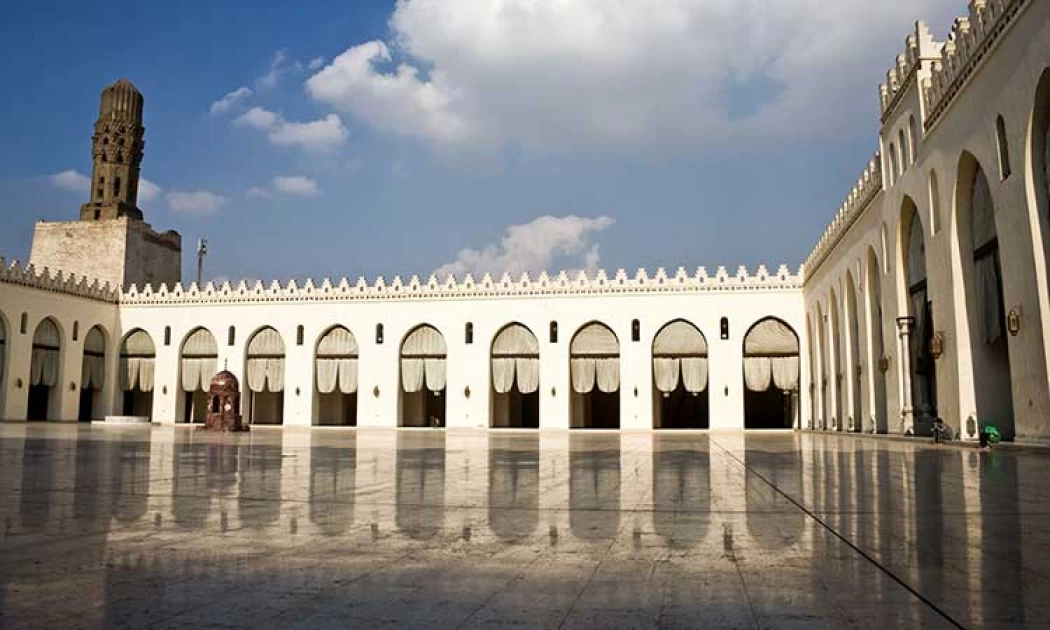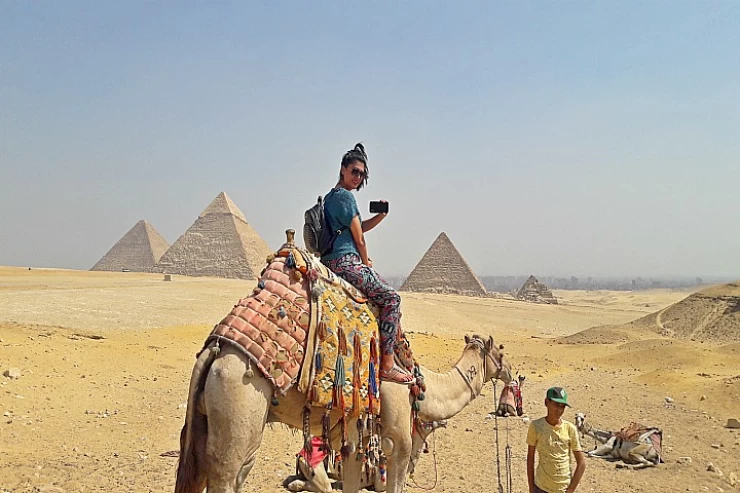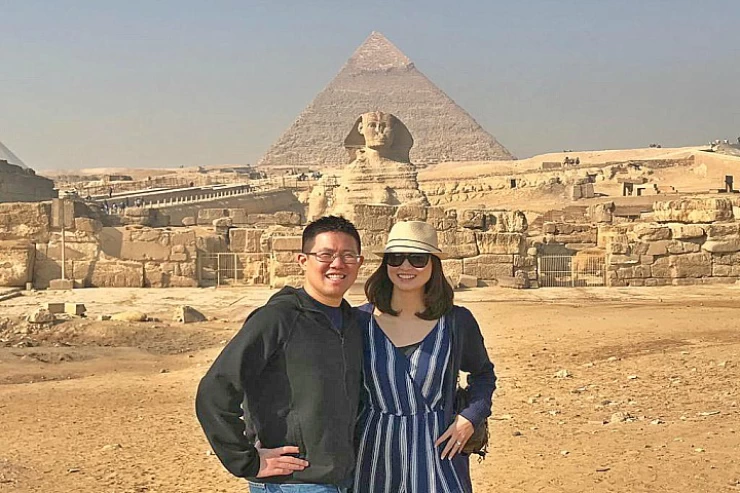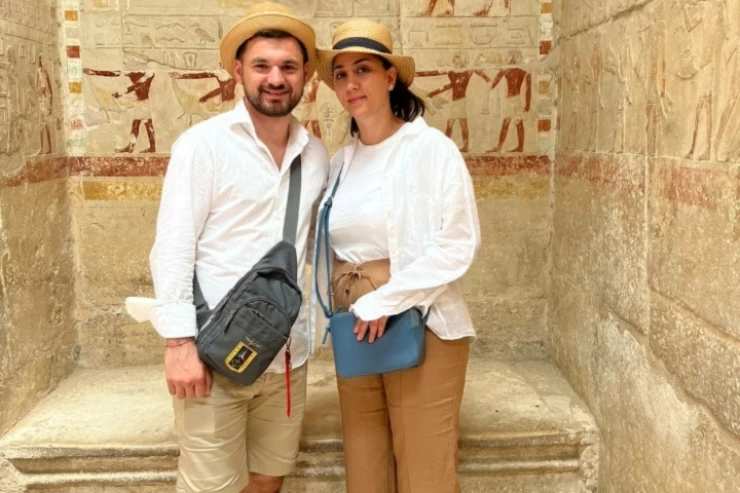
Mosque of al-Hakim bi-Amr Allah
Mosque of al-Hakim bi-Amr Allah
Al-Hakim Amr Allah Mosque is a mosque located on Al-Moez Street in Old Cairo, and is considered one of the most prominent landmarks of Fatimid Cairo, the fourth oldest surviving mosque in Egypt, and the second largest mosque in Cairo after Ahmed Ibn Tulun Mosque. It was built in 380 AH during the reign of Al-Aziz Billah, who started in 379 AH (989 AD) to build another mosque outside Bab Al-Futuh, but he died before completing it, so his son Al-Hakim Amr Allah completed it in 403 AH (1012-1013 AD), so it was attributed to him and became known as Al-Hakim Mosque.
Its length is 12005 meters and its width is 113 meters, so its area is less than the area of the Amr ibn al-Aas Mosque, and at the ends of its sea front (northwest), the two minarets are located and surrounded by two great pyramid-shaped bases. Each base is composed of two cubes above one another, and the upper cube is placed slightly backwards above the lower one, and the height of the latter is the height of the walls of the mosque and protrudes from each of the two upper cubes an octagonal minaret in the middle of this sea front.
Between the two minarets is the ancient entrance to the mosque, which is the first prominent entrance built in Al-Qahra Mosque, covered by a cylindrical vault 3.48 meters wide and 5.50 meters long with a door 2.21 meters wide with a horizontal stone knot at the end of it, which is held by a horizontal stone knot. In the entrance on the right and on the left, there are remnants of wonderful inscriptions 1.60 meters high, which form a drum in the entrance, and the entrance leads to the courtyard of the mosque, which is surrounded by arcades.
The mosque was neglected for long periods of time until its corridors turned into warehouses for other merchants surrounding the area, as it is a commercial area, until the era of President Anwar Sadat, when the Bahraini Shiite community, which began to migrate to Egypt, asked for permission to renovate it with their own efforts - as it is a sacred place for them and Hakim Amr Allah himself is a sacred figure and Sadat was invited to inaugurate the mosque.
There were fears that this was an attempt to assassinate him, but nothing happened. Since then, the Shiite Bahra who migrated to Egypt and settled there as merchants, especially in and around the old Cairo area and Gamaleya, have sponsored the mosque and it is open to all denominations to pray there. Many Druze monotheists from neighboring Arab countries visit the mosque while they are in Egypt for blessings and prayers.
Dr. Jalal al-Shayeb, a professor at the Faculty of Fine Arts, said: “The restoration changed its archaeological features, and it became a new building after they wasted its thousand-year-old archaeological value and only the two minarets remain.”
The mosque was neglected for long periods until its corridors turned into warehouses for onion merchants and other merchants surrounding the area, as it is a commercial area, until the era of President Anwar Sadat, in which the Shiite Bahra sect, which began to migrate to Egypt, requested permission to renovate it by self-effort - as it is a sacred place for them and the ruler himself is a sacred figure.
This was done, and Sadat was invited to open the mosque and there was a fear that this was an attempt to assassinate him, but nothing happened, and since then, the Shiite Bahra who migrated to Egypt and settled there as merchants, especially in and around the old Cairo and Gamaleya area, have sponsored the mosque and it is open to all sects to pray in it.


















